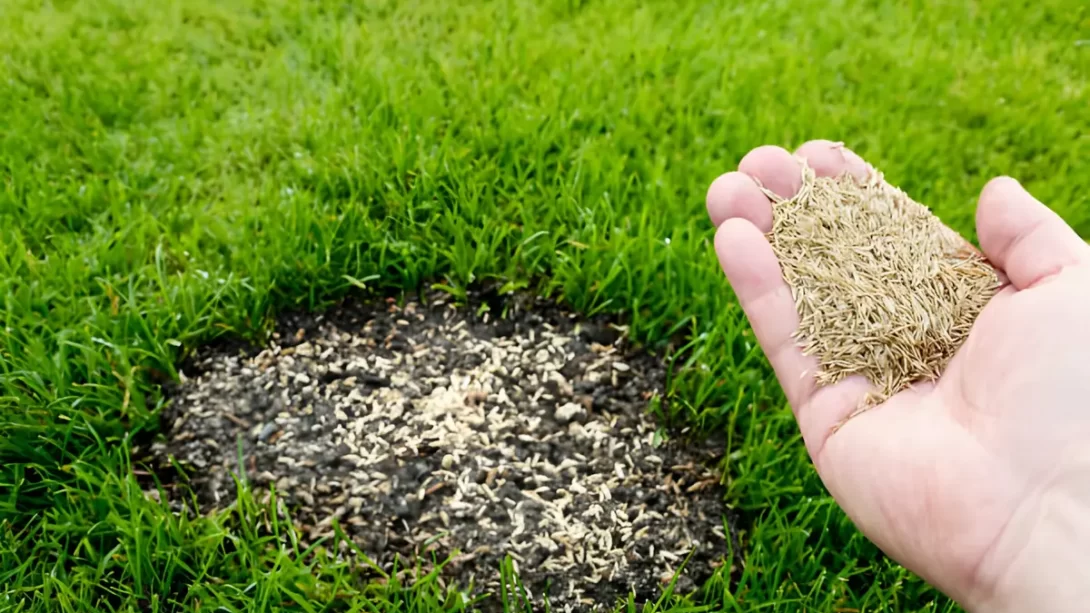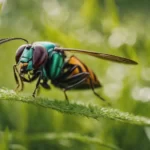When nurturing a lush, green lawn, understanding the right timing for various lawn care activities is crucial. Weed and feed products are popular for their dual action: they eliminate unwanted weeds while providing essential nutrients to your grass. However, if you’re planning to rejuvenate your lawn by planting new grass seed, it’s vital to know how long you should wait after applying weed and feed. This article will guide you through the necessary steps and considerations to ensure that both your existing lawn and new seeds thrive.
Weed and Feed
Weed and feed is a common lawn care product that combines herbicides for weed control with fertilizers to nourish your lawn. The herbicides typically target broadleaf weeds like dandelions, clover, and crabgrass, which are common nuisances in many lawns. The fertilizer component is designed to support the growth and health of your grass, providing essential nutrients such as nitrogen, phosphorus, and potassium. It’s a convenient solution for lawn owners seeking to tackle two major lawn care tasks simultaneously. However, the herbicidal properties in weed and feed can adversely affect new grass seeds, which is why timing is a key factor to consider.
- SOUTHERN LAWNS: BioAdvanced Weed and Feed is specially formulated for Southern lawns
- 6-MONTH PROTECTION: Prevents broadlead, grassy weeds, and crabgrass for up to 6 months
- WEED KILLER: Kills weeds including Dandelion, Dollarweed, and Clover
- LAWN FERTILIZER: Feeds, greens, and strengthens your lawn
- COVERAGE AREA: Treats up to 10,000 square feet
Timing Considerations for Weed and Feed Application
Timing is everything when it comes to using weed and feed effectively, especially when you plan to introduce new grass seeds to your lawn. Generally, it is recommended to wait at least 4 to 6 weeks after applying weed and feed before planting new seeds. This waiting period allows the herbicide to fully dissipate, reducing the risk of it harming the new seedlings. The exact time can vary based on the specific product used, as different formulations may have different residual effects on the soil and emerging grass. Therefore, adhering to this waiting period is essential for balancing weed control with the successful establishment of new grass.
Factors Affecting the Waiting Period
The waiting period between applying weed and feed and planting new seeds can be influenced by several factors. The type of weed and feed product used is a primary consideration. Some formulations are designed to break down more quickly than others, and the specific herbicides used can have varying levels of persistence in the soil. Additionally, the condition of your lawn plays a role. Lawns that are healthy and well-maintained may recover more quickly, while those in poorer condition might require a longer waiting period before seeding. Weather conditions, particularly temperature and rainfall, also impact how fast the product breaks down and is absorbed by the soil and existing vegetation.
Reading and Understanding Product Labels
To determine the best waiting period for your specific situation, always start by reading the product label of the weed and feed you use. Manufacturers provide detailed instructions and guidelines that are essential for safe and effective use. Pay close attention to any mentions of seeding restrictions or recommended waiting periods. These instructions are based on the formulation of the product and are designed to ensure that you don’t accidentally harm your new grass seeds. If the label is unclear or if you have any doubts, it’s a good idea to contact the manufacturer for clarification.
Preparing to Plant After Weed and Feed
Once the waiting period has passed, preparing your lawn for seeding is the next crucial step. Begin by assessing your lawn’s condition. Look for areas that are particularly thin or bare, as these will benefit most from seeding. Rake the lawn gently to remove any dead grass and debris, and to loosen the top layer of soil. This helps the new seeds make good contact with the soil, which is essential for germination. If your soil is compacted, consider aerating the lawn to improve air and water penetration, which will encourage healthy root growth in your new grass. Finally, choose a grass seed that matches your existing lawn and local growing conditions, ensuring a uniform and resilient lawn.
Best Practices for Lawn Care
Adopting best practices in lawn care is key to enhancing the effectiveness of both weed and feed products and the growth of new seeds. Regular maintenance, including proper watering and mowing, plays a significant role in establishing a healthy lawn. Water your lawn deeply but infrequently to encourage deep root growth. The rule of thumb is about an inch of water per week, either from rainfall or irrigation. Mowing should be done at the highest setting suitable for your grass type, as taller grass helps in shading out weeds and conserves soil moisture. Additionally, conduct a soil test periodically to understand your soil’s nutrient needs and pH level, ensuring that your fertilization strategy meets your lawn’s specific requirements.
Conclusion
Balancing the use of weed and feed with the planting of new grass seeds requires careful timing and understanding of your lawn’s condition. Remember, the key is to wait the appropriate time after applying weed and feed – typically 4 to 6 weeks – before seeding. This ensures that the herbicides in the product do not harm the new seedlings. Pay close attention to product labels for specific instructions, and prepare your lawn adequately before seeding. By following these guidelines and maintaining good lawn care practices, you can achieve a lush, healthy, and weed-free lawn that is both attractive and resilient. Whether you’re a beginner or an experienced gardener, understanding these principles will help you navigate the challenges of lawn care with confidence.





